Pomegranate Winter Care: How To Care For Pomegranate Trees In Winter
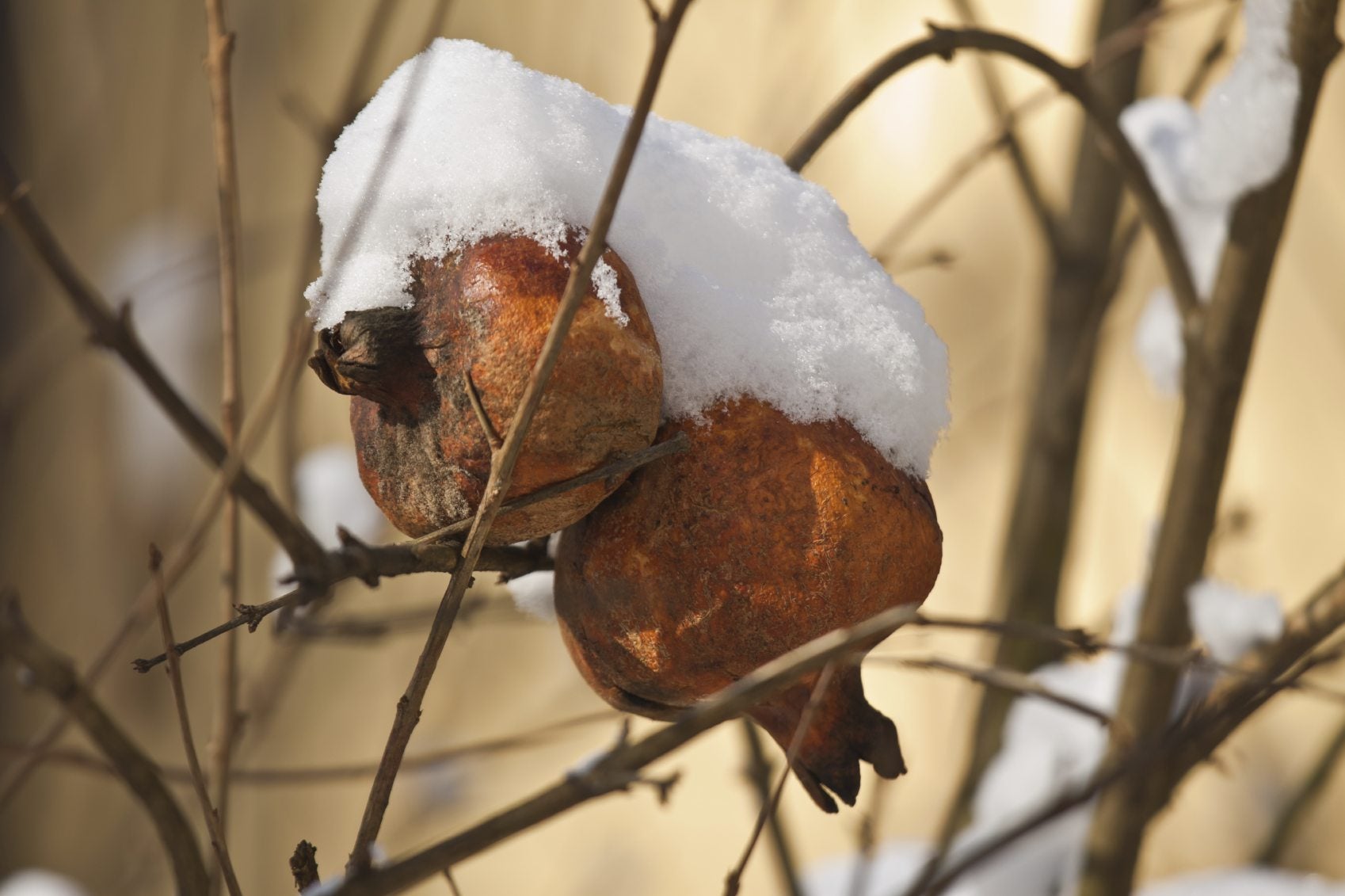
Pomegranates hail from the far eastern Mediterranean, so as you may expect, they appreciate plenty of sun. While some varieties can withstand temperatures as low as 10 degrees F. (-12 C.), for the most part, you should protect pomegranate trees in wintertime. How do you go about overwintering pomegranate trees?
Pomegranate Winter Care
Dense, bushy, deciduous plants, pomegranates (Punica granatum) can grow up to 20 feet (6 m.) tall but can be trained as a smaller tree. Pomegranates produce their best fruit in regions of cool winters and hot, dry summers. While they are more cold hardy than citrus, similar rules apply and specific efforts should be made for pomegranate trees in the winter. Suitable for USDA zones 8 to 11, pomegranate tree care in winter means moving the plant indoors, especially if they grow in an area with poor cold air circulation or heavy soil. So what steps should you take prior to winter care for pomegranate trees? The first step in pomegranate winter care is to prune back the tree by about half in the fall, six weeks or so before the first potential frost. Use sharp shears and cut just above a set of leaves. Then move the pomegranate inside near a sunny, southern exposure window. Even during the winter months, the pomegranate needs at least eight hours of sunlight per day, or it will become leggy and drop leaves.
Additional Winter Care for Pomegranate Trees
When overwintering pomegranate trees, be sure to maintain temperatures above 60 degrees F. (15 C.) so the plants do not go totally dormant. Position them so they are not in any drafts or near heating vents whose hot, dry air will damage the leaves. Just as with other plants in a dormant or semi-dormant phase, water the pomegranates sparingly during the winter months. Only moisten the soil down an inch (2.5 cm.) every week to ten days. Don’t overwater since pomegranates, like citrus, abhor “wet feet.” Turn the pot once a week to allow all part of the tree to get some sun. If you live in a warmer area and get warm, sunny winter days, move the plant outside; just remember to move it back in when temps begin to fall. Pomegranate tree care for the winter is almost over once spring is imminent. Begin a normal watering routine about a month before the last spring frost forecast in your area. Move the pomegranate outside once nighttime temps have risen to above 50 degrees F. (10 C.). Place the tree in a partially shaded area to acclimate so it doesn’t go into shock. Over the course of the next two weeks, gradually introduce the tree to direct sunlight. All in all, pomegranates need very little care while overwintering. Provide them with enough light, water, and warmth during this time and you should have a thriving, fruit laden tree midsummer.
Gardening tips, videos, info and more delivered right to your inbox!
Sign up for the Gardening Know How newsletter today and receive a free copy of our e-book "How to Grow Delicious Tomatoes".

Amy Grant has been gardening for 30 years and writing for 15. A professional chef and caterer, Amy's area of expertise is culinary gardening.
-
 Creative Ideas For Plant Containers: 7 Ways To Save Money And Add Charm To A Garden
Creative Ideas For Plant Containers: 7 Ways To Save Money And Add Charm To A GardenIf you are looking for great ways to add personality to your container gardening – and even save yourself some money – then try these creative ideas for plant containers
By Mary Ellen Ellis
-
 How To Make A Bouquet Garni Or Herb Bundle For Cooking
How To Make A Bouquet Garni Or Herb Bundle For CookingIf you’re a great cook, you may have made an herb bundle before. If this is a new idea, learn how to add sparkle and interest to your dish with a bouquet garni.
By Amy Grant
-
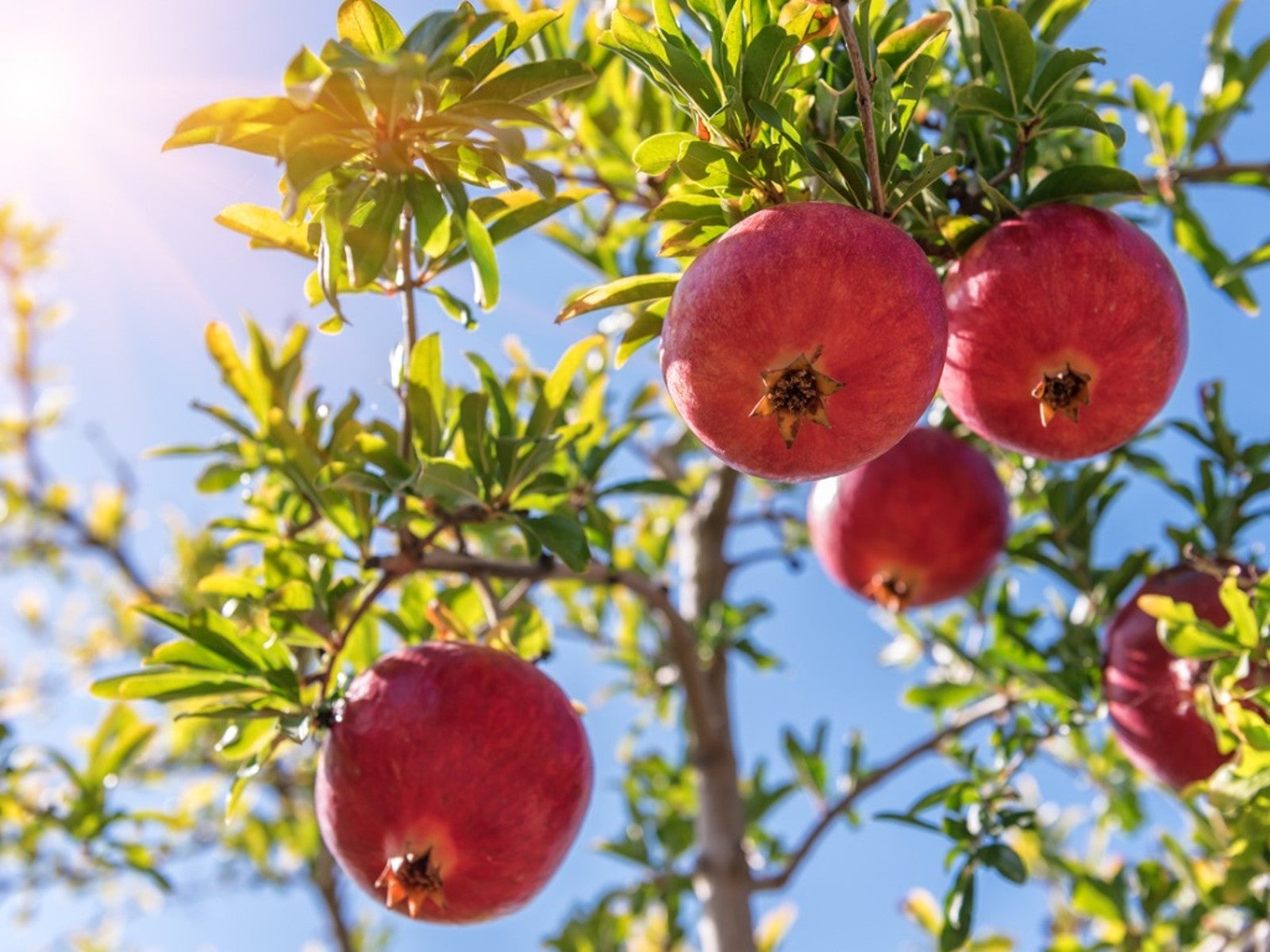 Replanting Container Grown Pomegranate – Tips On Transplanting Potted Pomegranates Outside
Replanting Container Grown Pomegranate – Tips On Transplanting Potted Pomegranates OutsideIt’s pretty easy to transplant a potted pomegranate outdoors. Click for more information on moving a potted pomegranate.
By Teo Spengler
-
 Picking Pomegranates – Learn About Harvesting Pomegranate Fruit
Picking Pomegranates – Learn About Harvesting Pomegranate FruitPomegranates have become so popular that many people in USDA zones 7-10 are trying their hand at growing and picking their own pomegranates. So how and when do you harvest pomegranates? Click this article to learn more.
By Amy Grant
-
 Yellowing Leaves On Pomegranate: Why Pomegranate Leaves Turn Yellow
Yellowing Leaves On Pomegranate: Why Pomegranate Leaves Turn YellowGrowing a pomegranate tree can be a rewarding experience filled with delicious fruits and beautiful juice, but growing these fruit trees isn't all paradise. If your plant is looking a little off, with yellowing leaves, click here to learn how to save it.
By Kristi Waterworth
-
 Pomegranate Tree Leaves Falling Off: Why Do Pomegranate Trees Lose Leaves
Pomegranate Tree Leaves Falling Off: Why Do Pomegranate Trees Lose LeavesPomegranates are typically grown for their fleshy, sweet-tart edible fruits. That being said, pomegranate leaf loss can be a frustrating problem for many gardeners. Click on the article that follows to learn why this happens.
By Karen Boness
-
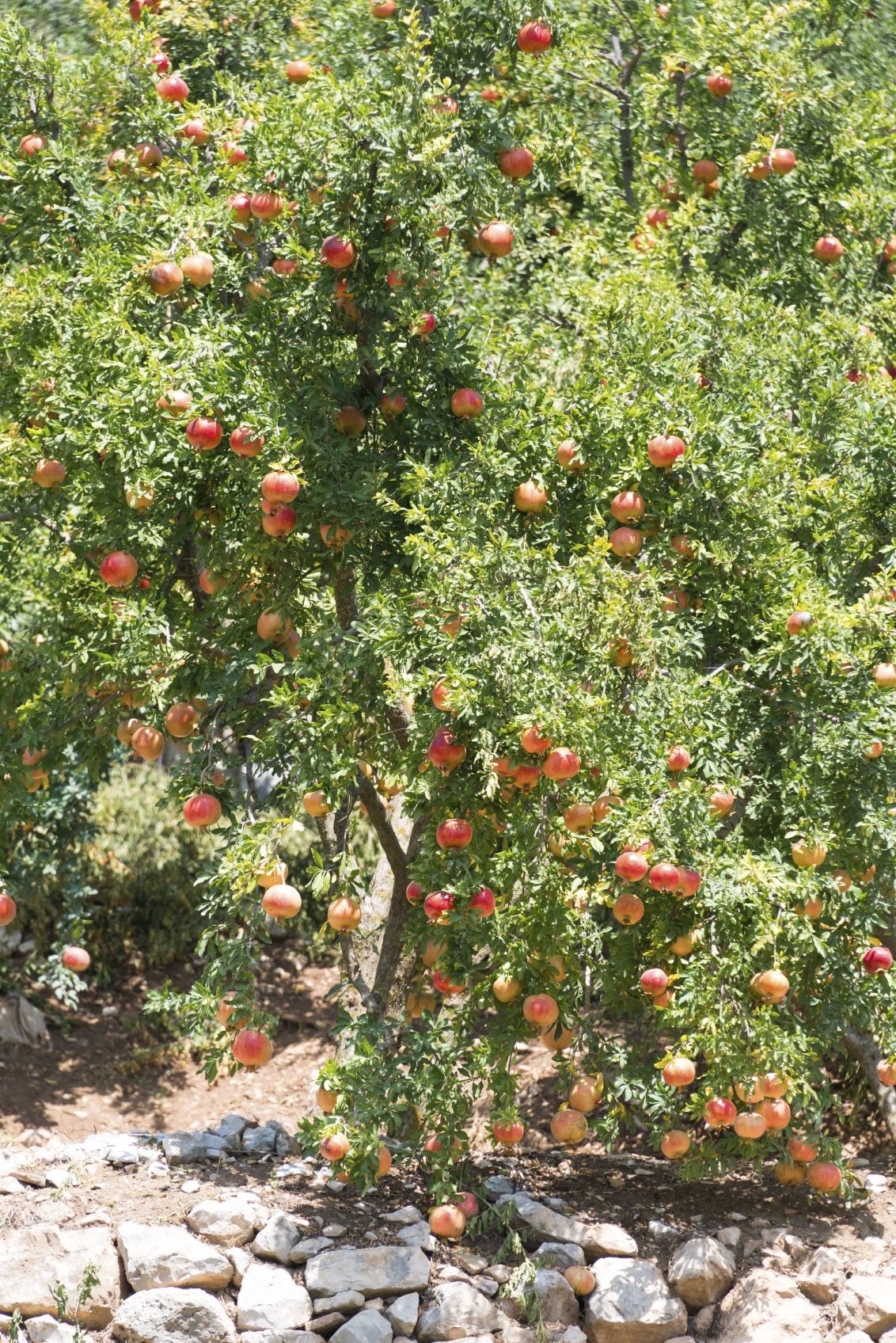 Pomegranate Tree Pruning – Learn About The Cutting Of Pomegranates
Pomegranate Tree Pruning – Learn About The Cutting Of PomegranatesIt is important to prune pomegranate trees properly if you want to increase fruit production and maintain an attractive form. Unfortunately, these two goals are in conflict. Learn more about pruning pomegranates in this article.
By Karen Boness
-
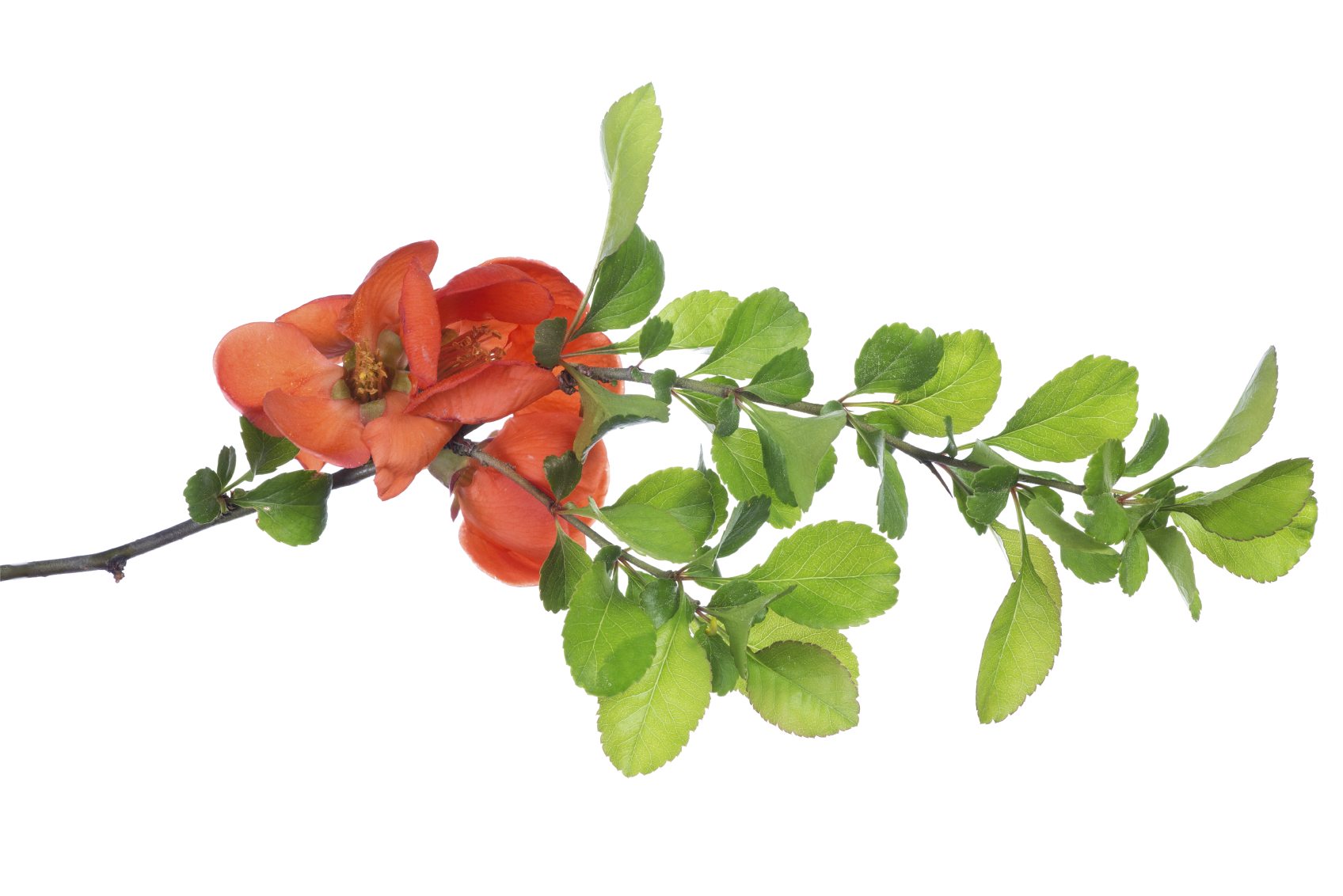 Propagating Pomegranate Trees: How To Root A Pomegranate Tree
Propagating Pomegranate Trees: How To Root A Pomegranate TreeGrowing a pomegranate tree from cuttings is cost-free and relatively easy. Find more information about how to root a pomegranate tree from pomegranate tree cuttings in the article that follows. Click here to learn about pomegranate propagation.
By Teo Spengler
-
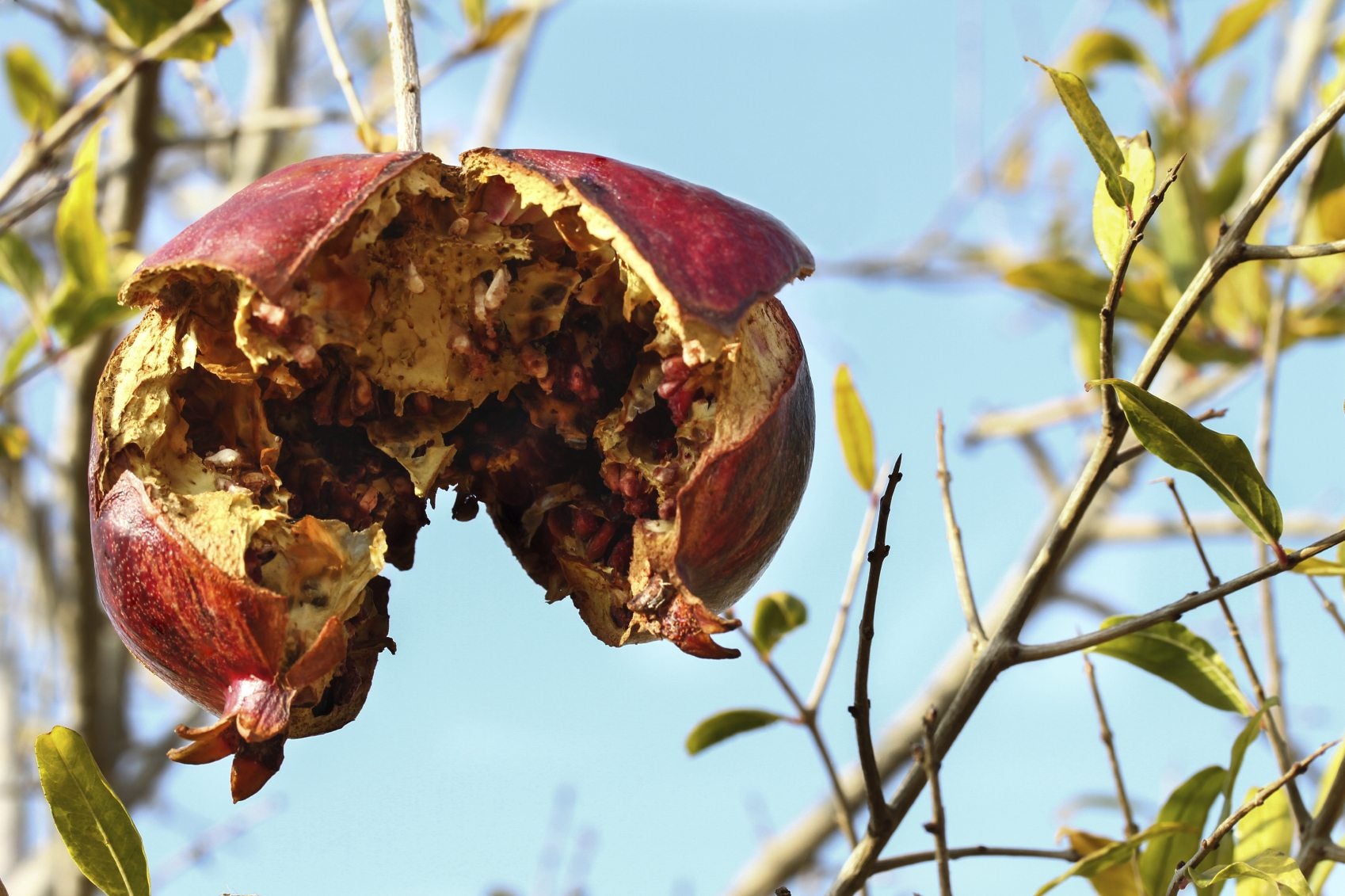 Problems Of Pomegranates: Learn About Diseases In Pomegranate
Problems Of Pomegranates: Learn About Diseases In PomegranatePomegranate fungal diseases are a common issue in plants grown in wet regions. Other diseases in pomegranate are rarer and not permanently damaging to the tree. Learn the problems of pomegranates in this article. Click here for more info.
By Jackie Carroll
-
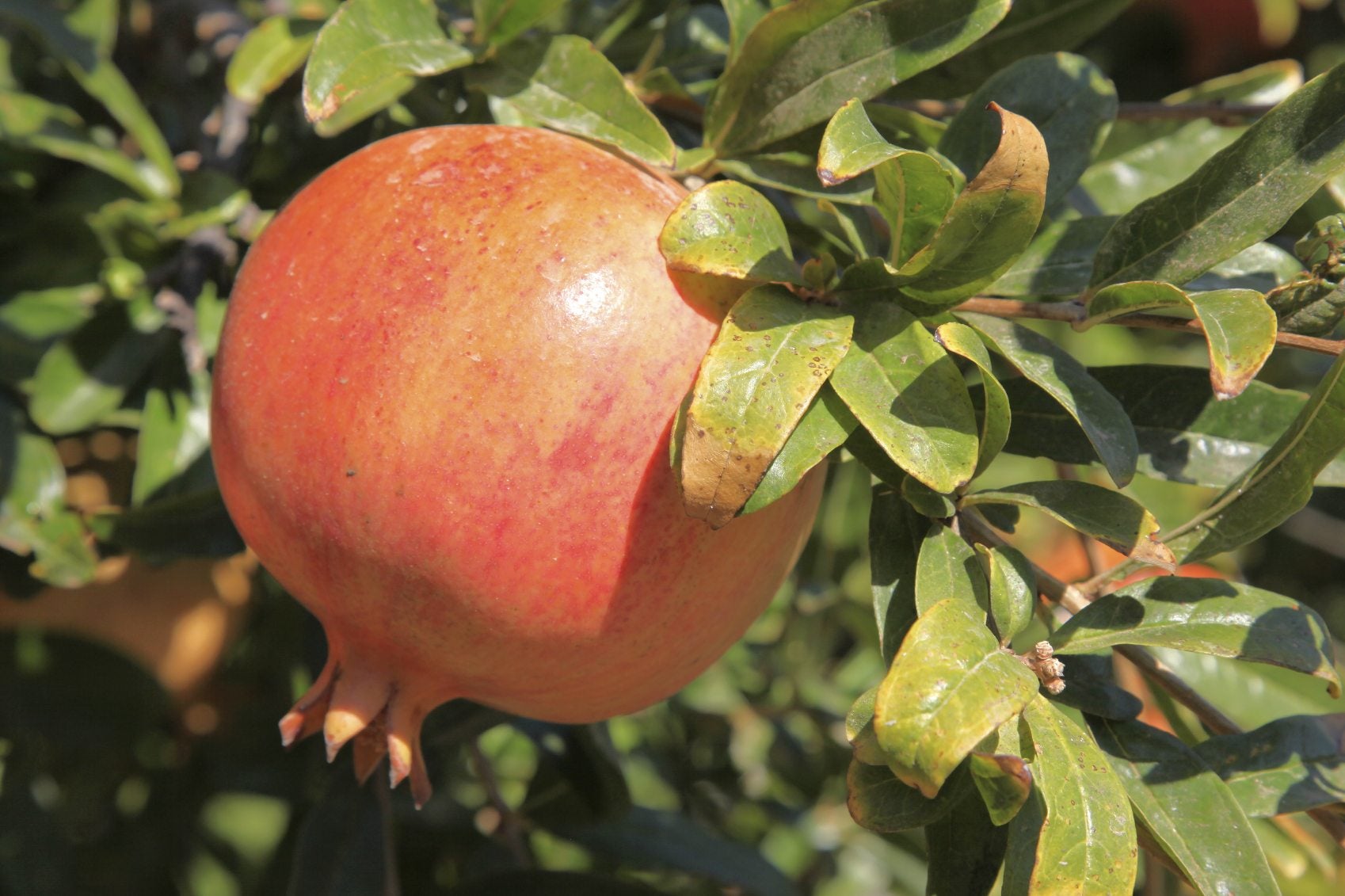 Pomegranate Leaf Curl: Why Pomegranate Tree Leaves Are Curling
Pomegranate Leaf Curl: Why Pomegranate Tree Leaves Are CurlingIf you're lucky enough to grow pomegranate trees where you are, you may occasionally see leaf curling. Several insects and disorders can cause pomegranate leaf problems. Find out why the leaves curl on pomegranates and what you can do about it in this article.
By Jackie Carroll